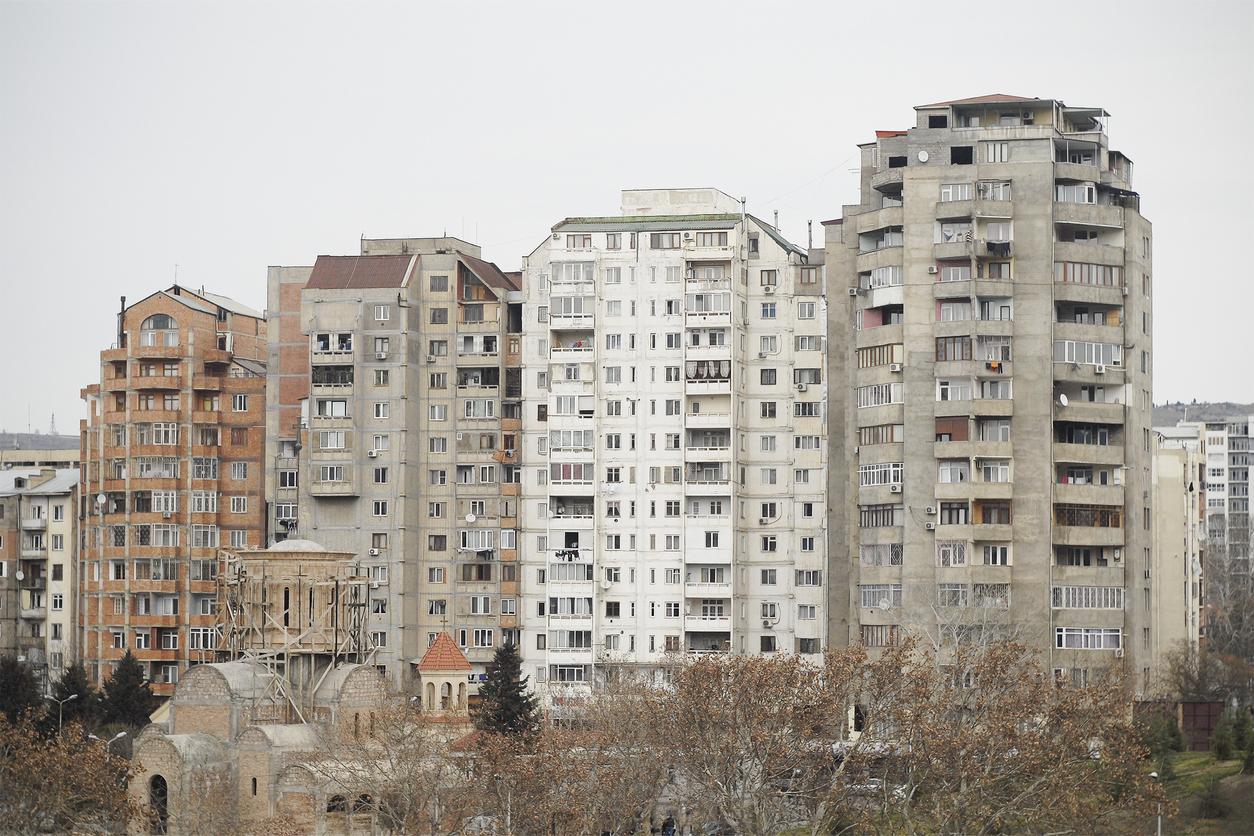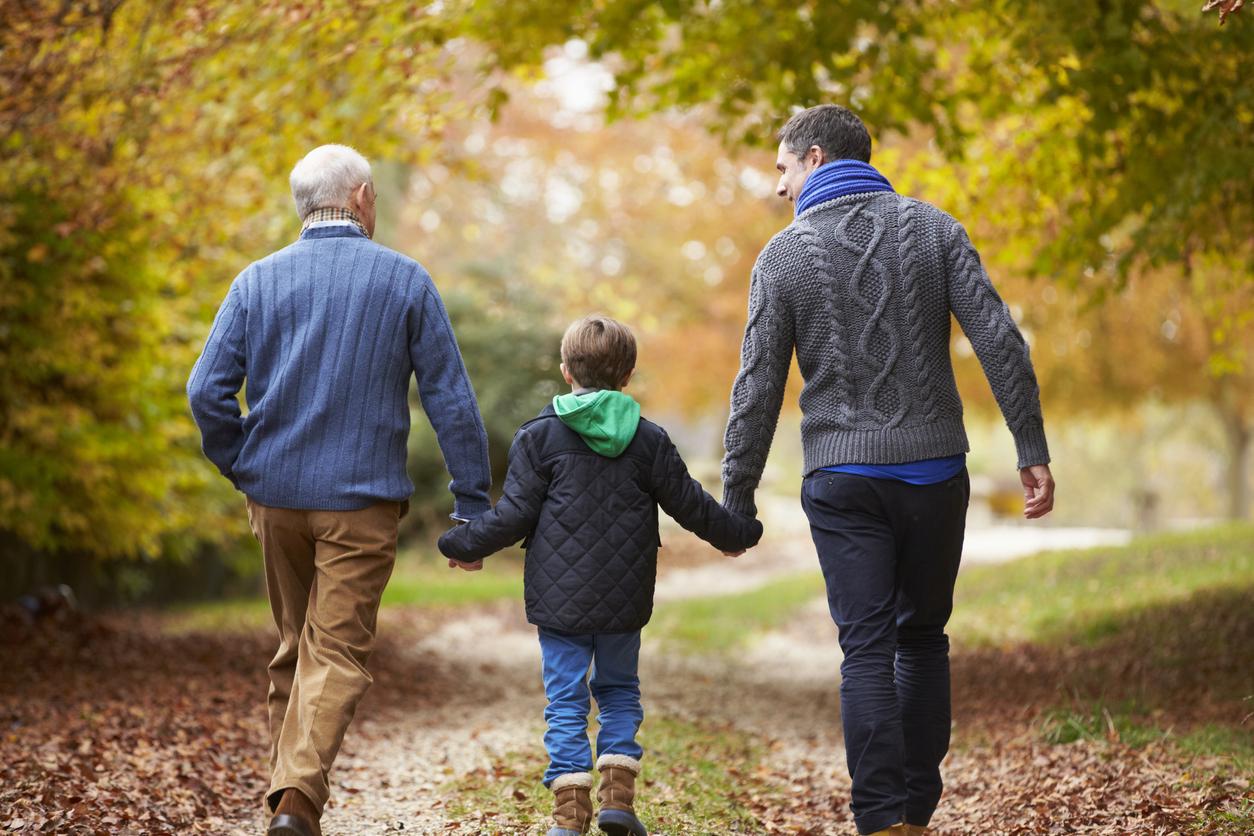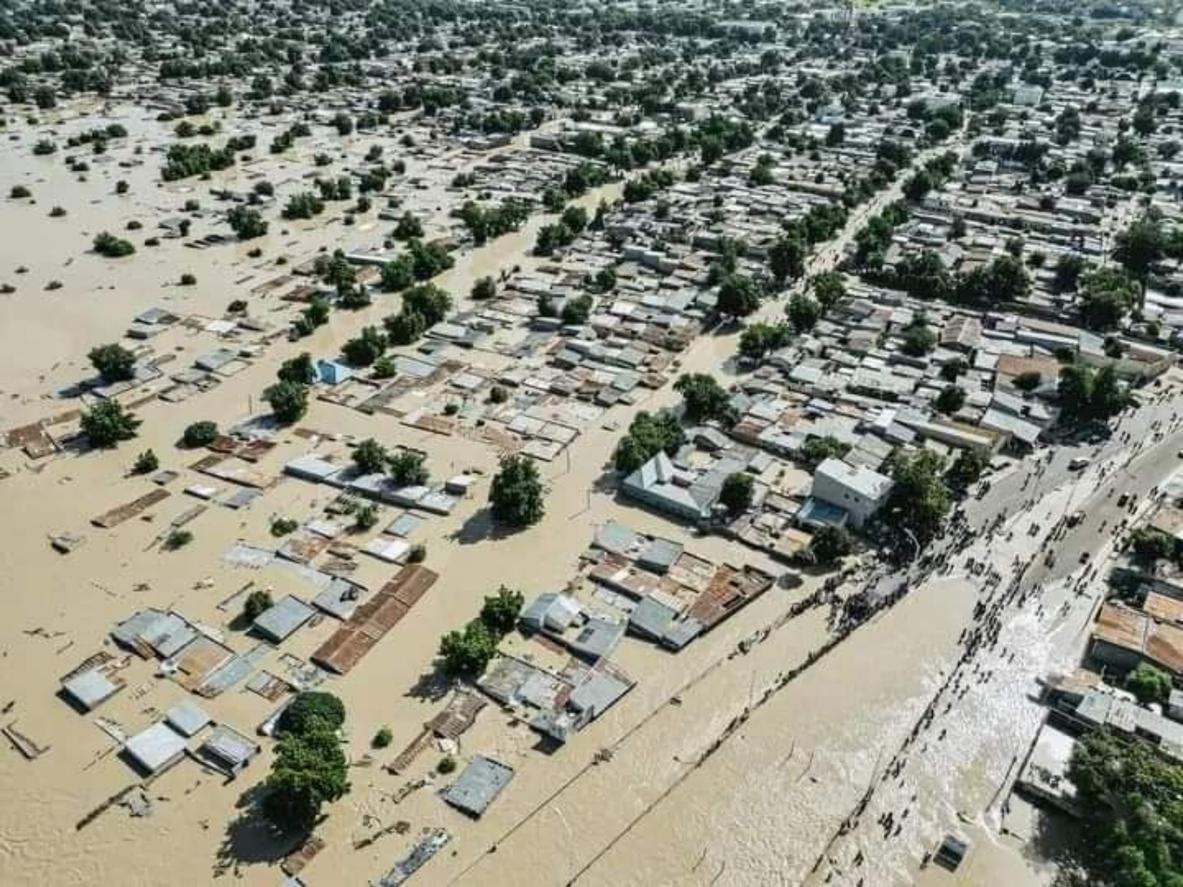The terrible “Child”. The weather phenomenon El Niño refers to the baby Jesus as it forms during the Christmas season. This is a contributing factor to extreme weather conditions. It originates in the east-central Pacific and affects the rainfall and temperatures of the entire planet. This year, El Niño is extreme and recalls the episode of 1997-98 whose consequences on health were dramatic in tropical regions. This is why theWorld Health Organization (WHO) announced on January 22, 2016 that this phenomenon threatened the health of 60 million people. “From Ethiopia to Haiti and Papua New Guinea, we are seeing the damage wrought by El Niño and believe the public health impact is likely to continue to be felt throughout 2016, even after ‘El Niño has weakened“said Dr. Richard Brennan, director of the WHO’s risk management department in a statement.To prevent preventable deaths and illnesses, governments must invest now to increase their level of preparedness and strengthen their response efforts” he added.
Drought, flood, food shortage and epidemics
In concrete terms, the WHO fears severe droughts, floods, torrential rains and temperature rises which would lead to situations of food insecurity and malnutrition, epidemics (cholera, malaria, Rift Valley fever…) and water shortages. The areas most affected by El Niño are the tropical regions, where developing countries have insufficient health structures to deal with such risks. Thus, requests for financial support made by seven countries at risk (Ethiopia, Lesotho, Kenya, Papua New Guinea, Somalia, Tanzania and Uganda) have already reached 76 million dollars. And other exposed countries should also apply for financial assistance. The latter will be devoted to providing additional health services to people in need, by establishing increased surveillance, emergency vaccinations and providing care for severely malnourished children.
>> To read also:
Global warming could cause an additional 250,000 deaths per year
Baby girls are more resilient to global warming
Sex: global warming, a threat to libido?
Bad weather: how the weather affects our morale
















